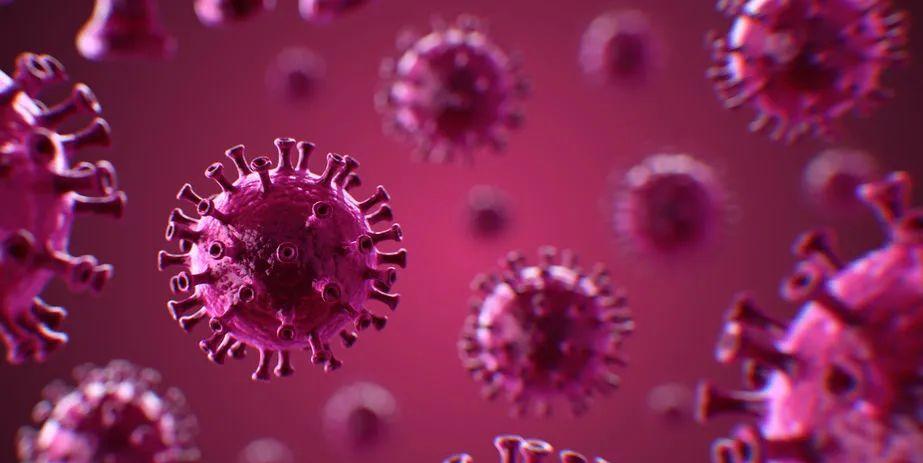▎ WuXi AppTec content team editor
Since it was first detected in the 1980s, AIDS has rapidly become a global public health threat. According to UNAIDS, 38 million people worldwide are now infected with HIV, and the total number of people who have died of AIDS in 40 years has reached 33 million.
In recent years, antiretroviral therapy (ART) has been effective in controlling HIV levels in infected people, and there have been cases of functional AIDS cure and "self-healing". These developments have given us the dawn of victory in the fight against AIDS.

Image credit: 123RF
At the same time, one cannot help but worry about another problem. Error-prone replication mechanisms make the RNA virus to which HIV belongs the most likely category of viruses to mutate. So, will HIV evolve mutant strains that are more contagious and more damaging to the host?
Now, that concern is a reality. In a new science paper this week, a team of researchers led by the Oxford University's Big Data Center discovered a new, more virulent and contagious strain of HIV in the Netherlands.
The study is based on data from the "Epidemiology and Evolution of Connectivity to HIV in Europe" (BEEHIVE) project, which aims to reveal the relationship between the HIV genome and disease severity from samples from Europe and Uganda. Initially, the BEEHIVE project noted that 17 HIV patients were infected with a completely new strain of HIV mutations, 15 of whom were from the Netherlands.
Such a high-density distribution caught the attention of the research team. They analyzed data on 6,700 people living with HIV in the Netherlands and found 92 new mutant strains. As a result, the total number of infected people with the new mutant strain reached 109. This new strain, which belongs to the HIV-1B' subtype, was named the "VB Mutant Strain."
Further studies of the mutant strain revealed that the VB strain, as feared, was both more virulent and contagious. Prior to ART treatment, the newly discovered mutant strains had the following characteristics compared to other HIV strains:
In the host, the viral load is 3.5 to 5.5 times that of ordinary HIV;
Host CD4+ T cells rapidly decrease, nearly twice as rapidly as in ordinary HIV infection;
VB strains do not change much during human-to-human transmission, suggesting that they spread faster and are more contagious.
But the good news is that after treatment, the immune system of infected people recovers and the survival rate is similar to that of other HIV strains. However, the researchers stress that because VB mutations cause immunity to decline more rapidly, it is particularly important to diagnose and start treatment as early as possible.
▲The phylogenetic tree shows the relationship between the VB mutation strain and other HIV strains (Image source: Reference[1])
Lead author of the study, Dr Chris Wymant of the University of Oxford, said: "Prior to this study, we already knew that the genetic properties of HIV were associated with its virulence, suggesting that the evolution of novel mutant strains can have different effects on human health. The discovery of the VB mutant strain proves this and provides a rare case for the risks posed by the evolution of viral virulence. ”
At present, there are still a large number of mysteries that have not yet been revealed in this new mutant strain. The team found that the VB mutation strain had an alarming number of mutations in its genome compared to other HIV-1B' strains, with significant changes in their genomes affecting nearly 300 amino acids. Therefore, it is difficult for the research team to confirm why the VB mutation strain has increased significantly in virulence and infectivity; how this strain evolved in the first place.
But at least, the timeline of the emergence and evolution of VB mutants is clear. From genetic differences in HIV in different infected people, the researchers estimate that VB mutant strains have emerged as early as the 1980s and 1990s. At the beginning of this century, its rate of transmission was already faster than that of other mutant strains; but after 2010, the spread slowed significantly.
▲Viral load, immune cell number and survival rate of VB mutant strains and other HIV strains (Image source: Reference[1])
Notably, unlike the antibiotic-induced crisis of resistant bacteria, VB mutations appeared in the Netherlands not because of treatment of HIV, as effective treatment could inhibit its spread. In addition, the diversity of infected VB strains suggests that the increase in the infectivity of VB strains is due to the nature of the virus itself, independent of the characteristics of infected people.
Should we be concerned about this newly discovered mutant strain?
"The observation of the emergence of more virulent, contagious mutants does not represent a public health crisis," Professor Joel Wertheim of the University of California, San Diego, wrote in a contemporaneous opinion piece: "Don't forget the overreaction to 'super AIDS' in 2005, when rapidly advancing, multi-drug-resistant HIV infections were discovered in New York, but turned out to be isolated." ”
For VB strains, the slowing rate of transmission in the past 10 years and the good therapeutic effects of ART suggest that this mutant strain is at least currently difficult to pose a large-scale threat. But the discovery of the VB mutation also reminds us that HIV could evolve new, more threatening strains at any time. Therefore, hive prevention and early detection are essential.
Professor Christophe Fraser, who led the study, added: "The WHO recommends that people at high risk of HIV infection be tested regularly to achieve early diagnosis and receive treatment immediately. Our findings underscore the importance of this. ”